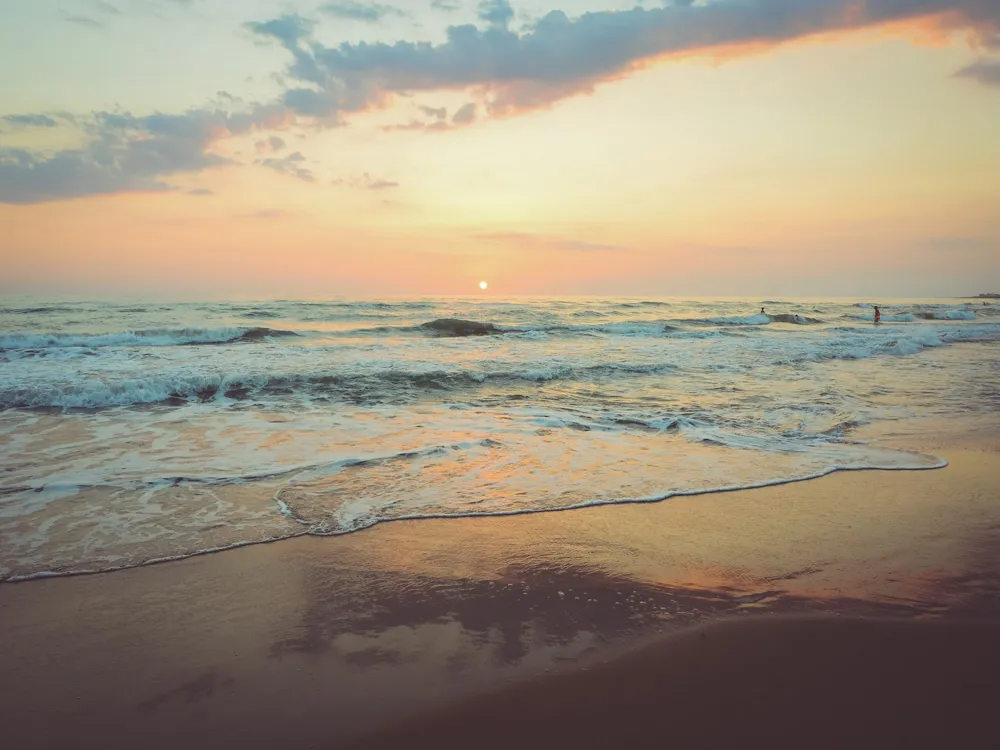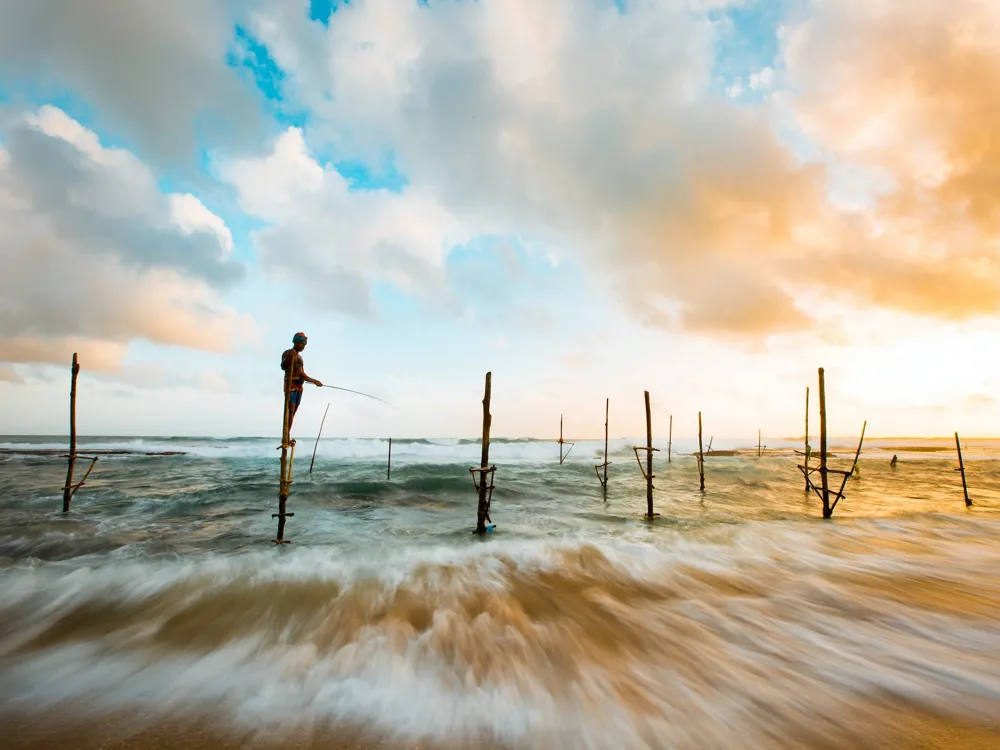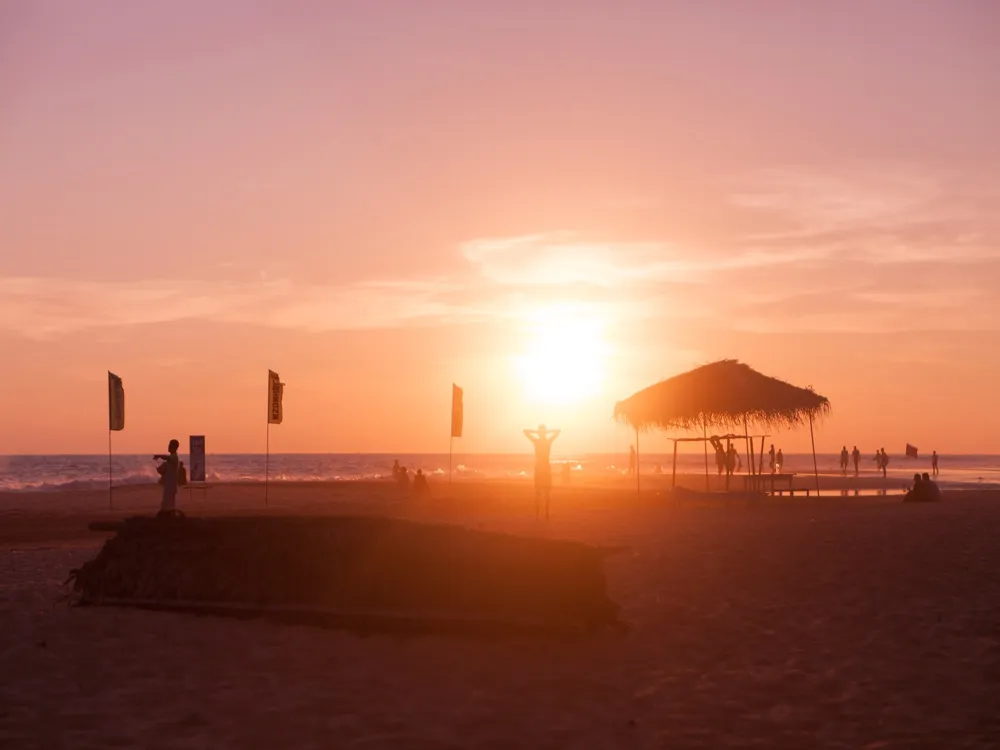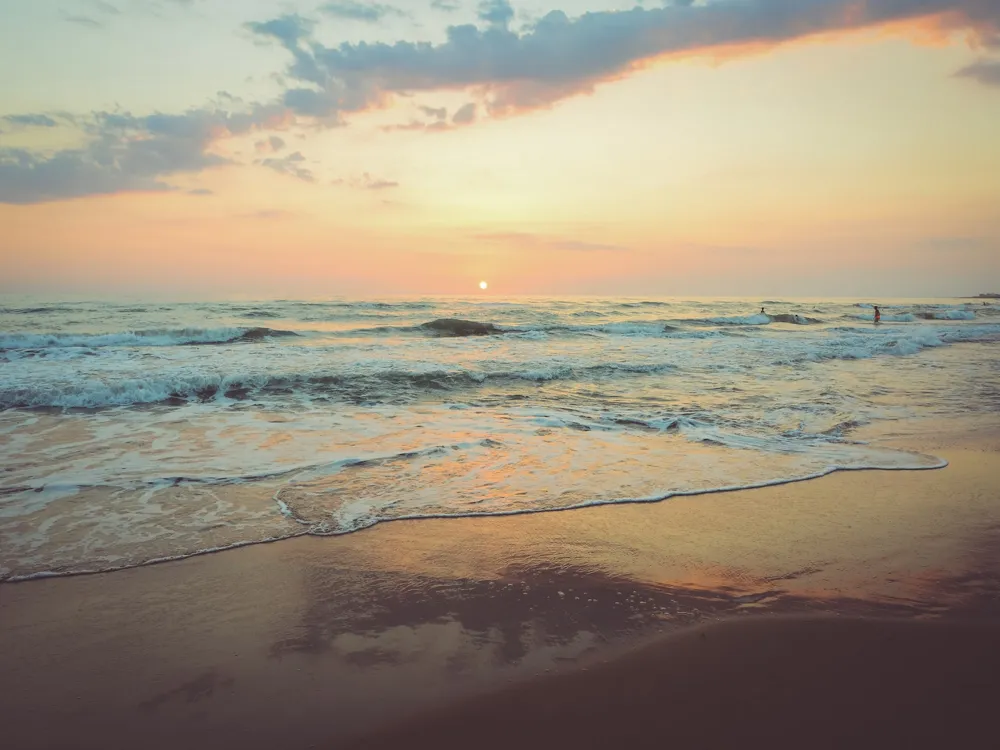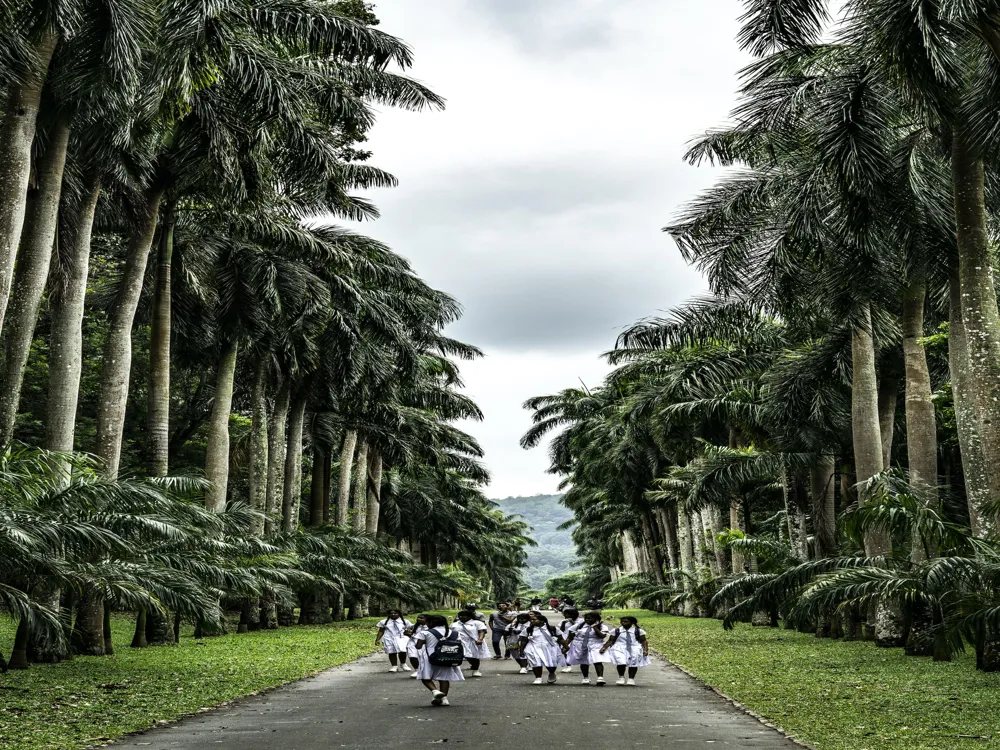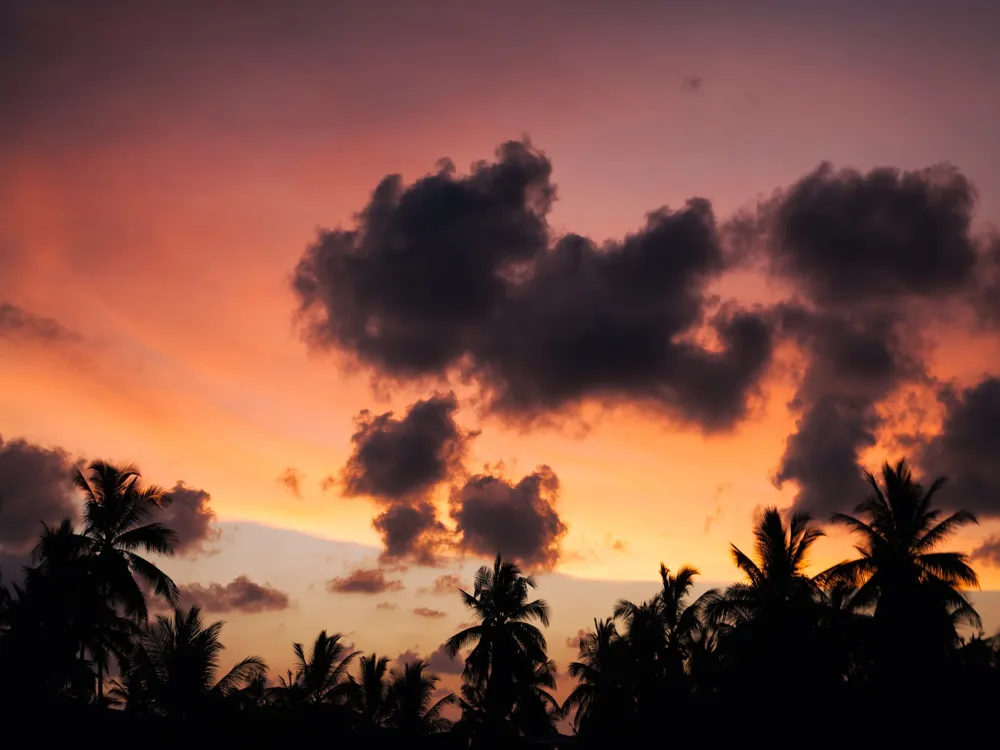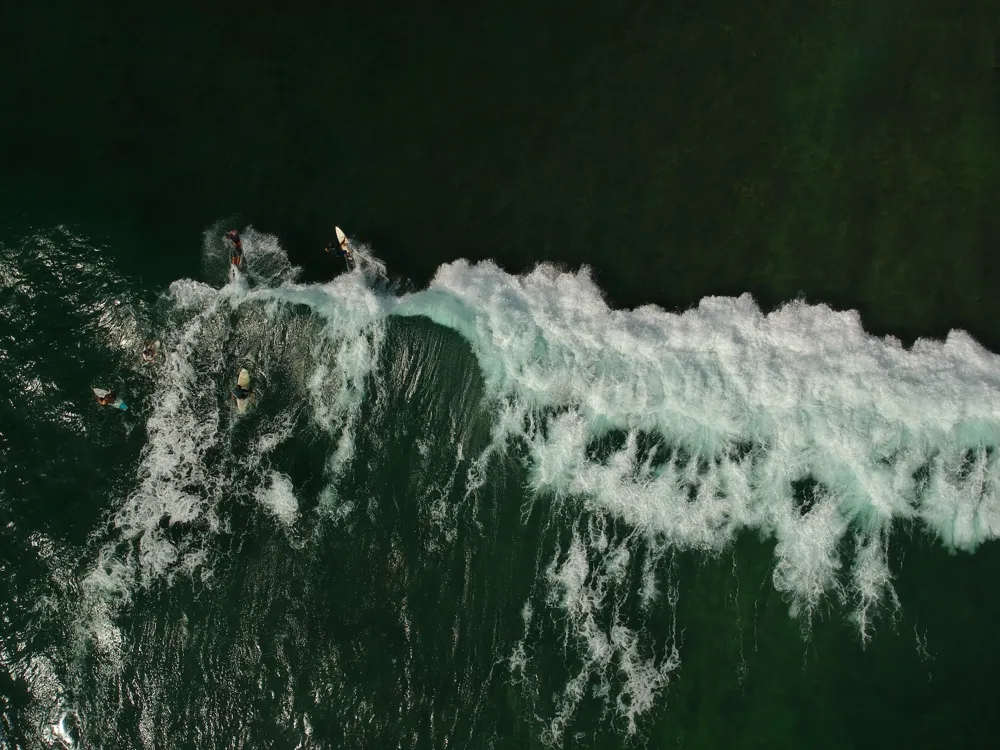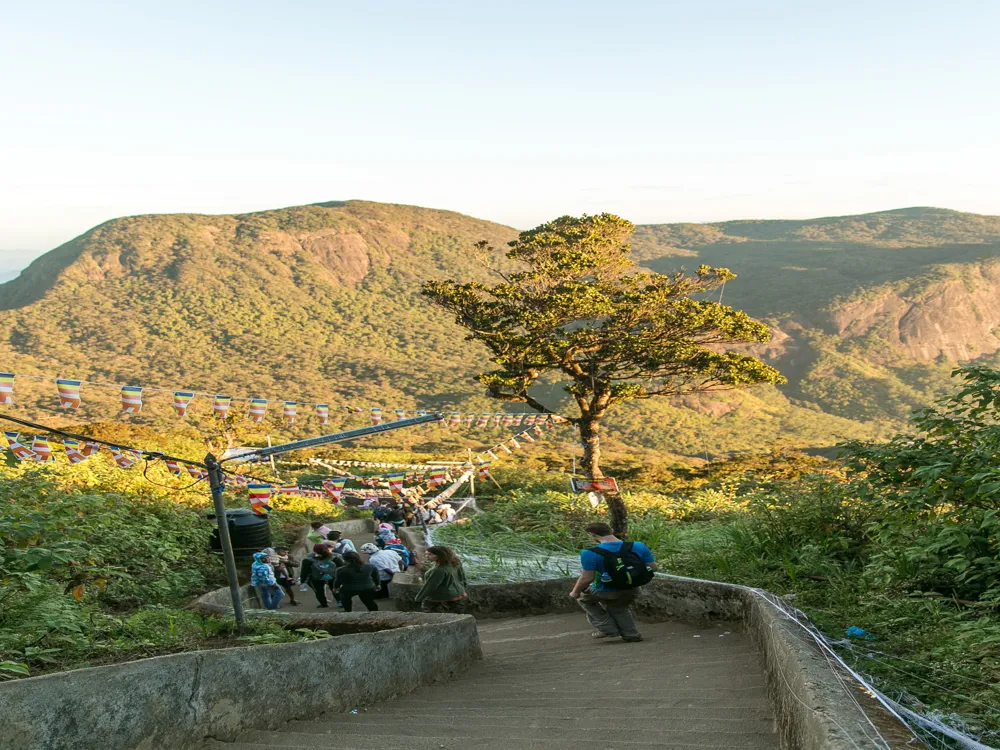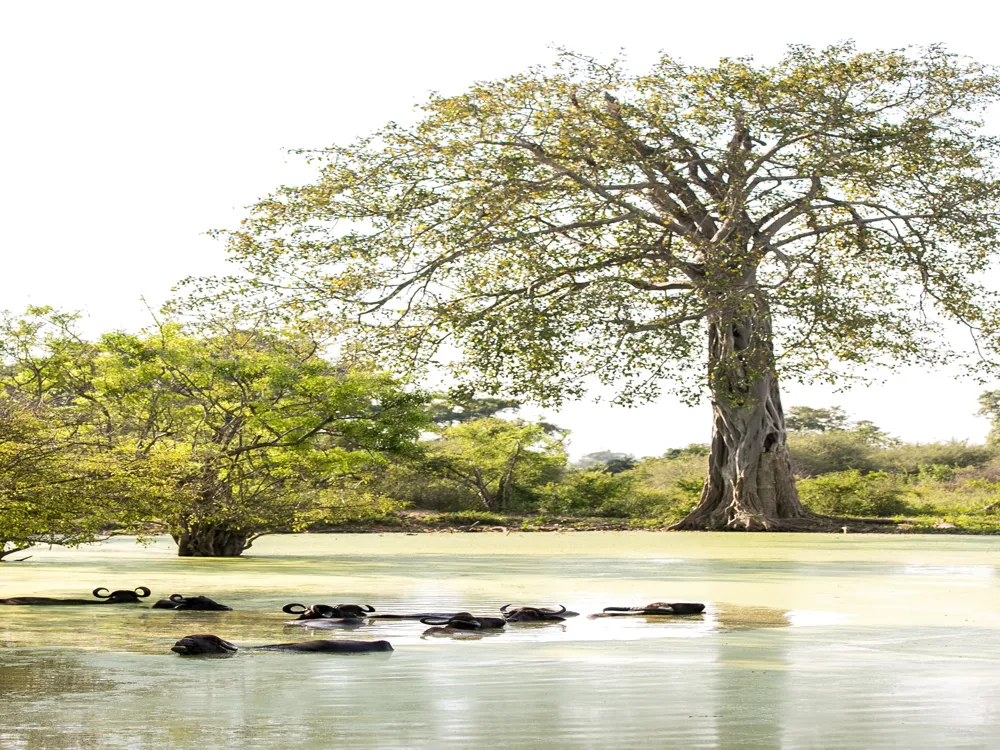Hikkaduwa National Park, a crown jewel in Sri Lanka's rich tapestry of natural wonders, is a captivating destination that promises an unforgettable blend of scenic beauty and vibrant marine life. Nestled on the southern coast of Sri Lanka, this marine sanctuary is famed for its coral gardens, abundant marine species, and crystal-clear waters, making it a paradise for snorkelers and divers alike. The park covers a substantial area and is meticulously protected to preserve its fragile ecosystems and diverse habitats. The park's origins can be traced back to the efforts in the 1970s to safeguard the unique coral reef lying close to the shore. Over the years, Hikkaduwa has evolved into a haven for a plethora of marine life, including exotic fish, sea turtles, and a variety of coral species. Its significance extends beyond just biodiversity; it plays a crucial role in the local economy by attracting thousands of tourists annually, contributing to the sustainable tourism industry of Sri Lanka. Visitors to Hikkaduwa National Park are greeted by a vivid underwater tapestry. The park's coral reefs, some of the most well-preserved in the region, are home to an impressive array of coral species - both hard and soft - creating a vibrant underwater landscape. The reef's shallow waters make it an ideal spot for snorkeling, where even novices can enjoy the kaleidoscopic view of marine life. Diving deeper, the park offers a surreal experience with its rich marine biodiversity, including a multitude of fish species like angel fish, parrot fish, and turtles. Beyond its marine allure, Hikkaduwa National Park plays a pivotal role in conservation and research. The park's management actively engages in protecting the coral reefs and marine life, especially from threats like coral bleaching and pollution. Educational programs and initiatives are frequently conducted to raise awareness about marine conservation, making Hikkaduwa not just a tourist destination but a center for environmental education. The architecture of Hikkaduwa National Park is not about man-made structures, but rather the intricate and fascinating structure of the coral reefs, which form the park's backbone. These natural structures are an architectural marvel created by nature over thousands of years. The coral reefs in Hikkaduwa are predominantly fringing reefs, which means they grow close to the shoreline, forming a natural barrier against the ocean waves and creating a serene lagoon-like area between the reef and the beach. These reefs are comprised of a variety of coral species, each contributing to the reef's structure in its unique way. Hard corals, like brain and staghorn corals, form the sturdy backbone of the reef, creating an environment for other marine species to thrive. Soft corals add to the reefs' aesthetic beauty, swaying gently in the underwater currents and adding a touch of whimsy to the seascape. This complex structure provides habitats for countless marine organisms, from the tiniest of microorganisms to larger species like turtles and reef sharks. The design of these natural architectures is a testament to the resilience and adaptability of marine life. The way corals grow, branching out and intertwining, creates a dynamic, living habitat that is constantly evolving. This growth pattern allows for the efficient use of space and resources in the underwater environment, supporting a diverse range of life forms. The colors and shapes of the coral reefs are not just visually stunning but also play a crucial role in the ecosystem, providing shelter and food for a myriad of marine species. Understanding the architecture of Hikkaduwa's coral reefs is crucial for their preservation. The fragile nature of these ecosystems means they are particularly susceptible to environmental changes. Factors such as water temperature, salinity, and human activities like fishing and pollution can have a significant impact on the health of the reefs. The park's management and conservation efforts focus on monitoring these factors and implementing measures to protect and preserve the natural architecture of the reefs for future generations. Although Hikkaduwa National Park is a year-round destination, the best time to visit is between November and April. During these months, the sea is calm and clear, providing the best conditions for snorkeling and diving to explore the vibrant coral reefs. Snorkeling and diving are the highlights of Hikkaduwa National Park. Visitors are advised to use eco-friendly sunscreens to avoid damaging the coral reefs. It's important to maintain a safe distance from the coral and marine life and to avoid touching or stepping on the corals. While enjoying the underwater wonders, visitors should remember to respect the marine life. Feeding or harassing the marine creatures, including turtles, is strictly prohibited as it disrupts their natural behavior and diet. Visitors are encouraged to be environmentally conscious. Disposing of waste properly and avoiding single-use plastics can significantly help in preserving the natural beauty of Hikkaduwa National Park. Health and safety are paramount. It's advisable to stay hydrated, especially during snorkeling or diving sessions, and to have a first-aid kit handy. Visitors should also be aware of their swimming capabilities and avoid venturing too far from the shore. Hikkaduwa National Park is accessible through various modes of transportation. The most convenient way to reach Hikkaduwa is by road. Visitors can drive or take a bus from Colombo, which takes about two hours. Another popular option is the train journey from Colombo, offering scenic views of the coastline. The train stops right at Hikkaduwa, making it a convenient and picturesque journey. For international travelers, the nearest airport is Bandaranaike International Airport in Colombo, from where they can take a taxi or a bus to Hikkaduwa. Read moreOverview of Hikkaduwa National Park
Architecture of Hikkaduwa National Park
Tips When Visiting Hikkaduwa National Park
Best Time to Visit
Snorkeling and Diving Guidelines
Respecting Marine Life
Environmental Awareness
Health and Safety
How To Reach Hikkaduwa National Park
Hikkaduwa National Park
Hikkaduwa
₹ 16,500 onwards
View hikkaduwa Packages
Weather :
Tags : National Park
Timings : 7:00 AM to 6:30 PM
Entry Fee : 380 LKR
Planning a Trip? Ask Your Question
Hikkaduwa Travel Packages
View All Packages For Hikkaduwa
Top Hotel Collections for Hikkaduwa

Private Pool

Luxury Hotels

5-Star Hotels

Pet Friendly
Top Hotels Near Hikkaduwa
Other Top Ranking Places In Hikkaduwa
View All Places To Visit In hikkaduwa
View hikkaduwa Packages
Weather :
Tags : National Park
Timings : 7:00 AM to 6:30 PM
Entry Fee : 380 LKR
Planning a Trip? Ask Your Question
Hikkaduwa Travel Packages
View All Packages For Hikkaduwa
Top Hotel Collections for Hikkaduwa

Private Pool

Luxury Hotels

5-Star Hotels

Pet Friendly







